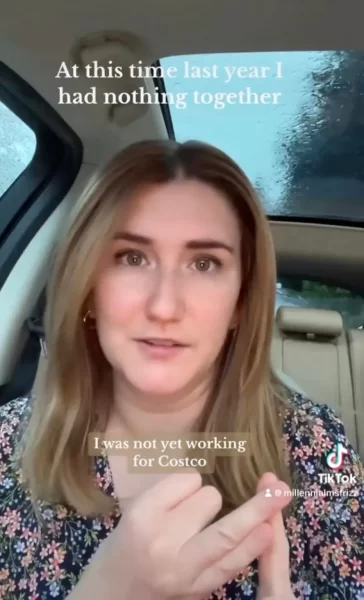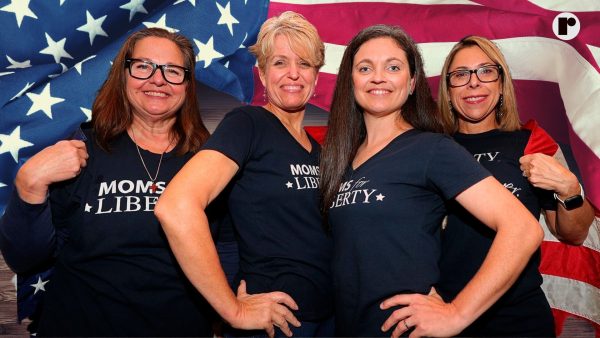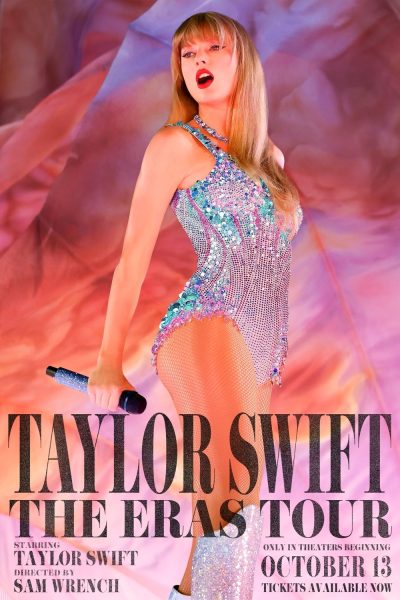Millennials kill golf
Golf, the sport of kings and America’s one true pastime, is a noble sport that originated in 15th century Scotland and was only introduced to America during the turn of the 20th century when two bored Scotsmen dug a hole in an orchard and used it as golfing hole instead of working their shifts.
Ever since that day, golf has been the beating heart and soul of America.
Recently, however, golfers and golf-lovers have become something of a dying breed and the cause? Millennials.
Although this should be no surprise, the Millennial Generation is at it again and this time they have their electronically-enhanced sights set on ruining the sport of golf.
Previously one of the most viewed sports in the US, golf has taken a massive hit to its average view statistics. The Guardian reports that in 2015 the peak live tv audience for the Sky Sports coverage of Open Championship was 4.7 million viewers. This year however, the peak live tv audience was only 1.1 million views, a whooping 75% drop. This is most likely due to those Millennial miscreants who were too involved in their mobile video game phones to take time to appreciate this country’s greatest sport.
This decaying viewership, however, is not exactly a new trend. According to Statistica, in 2012 to 2015 the US Open and US Open Womens’ golf tournaments saw a considerable drop in viewership from 9.63 to 6.7 million and 1.09 to 1.0 million respectively.
Further evidence points to the ratings’ decline starting even earlier than 2012. In 2011, according to SportsBusiness Daily, the Live PGA Tour hit a cumulative audience of 175.9 million viewers but in 2012 that number dropped to 171.2 million, then rose to 172.6 million in 2013, and ultimately fell to 170.7 million again 2014. In the 2013 – 2014 seasons alone both NBC and CBS saw a considerable plunge in PGA viewership, dropping 18% and 14% respectively.
While one can say that assuming the Millennial Generation is behind these viewership drops is presumptuous and obtuse, there is substantial evidence that traces these declines back to the Millennials.
Demographics are a very large part of the popularity of a program and how certain forms of entertainment stay afloat and as shown by recent studies Millennials only make up 5% of the golf demographic meaning that as Generation X and Y’s numbers decline the overall number of people interested in golf will most likely decline as well.
Another very big way Millennials are influencing golf’s decline is via the ranking and statistics of professional golfers. Only 7 of the top 25 US golfers are from the Millennial Generation, which is not a lot of representation for Millennial viewers. It has been generally understood that people tend to take more interest in something that they are represented in and/or and see themselves in and for most Millennials a married, 50-59 year old Caucasian male who makes $95,000 a year isn’t exactly a proper representation of them.
In conclusion, at the current rate that golf is falling out of the eye of the public, it is estimated that golf could be a distant memory in as little as 52 years if golf viewership continues to fall at the current average of 3.3 million viewers per year. It is indeed dire times when people have the ability to connect themselves to a digital super highway from anywhere at anytime yet don’t use this great power to watch golf.

I am a Senior in Journalism I who enjoys Journalism and hopes to pursue a career in it.












Vladik • Oct 6, 2016 at 2:03 pm
I think golf might fall into the background in the near future. It could be viewed the current way we look at opera, horse races, or croquet. Just a big party of the past.